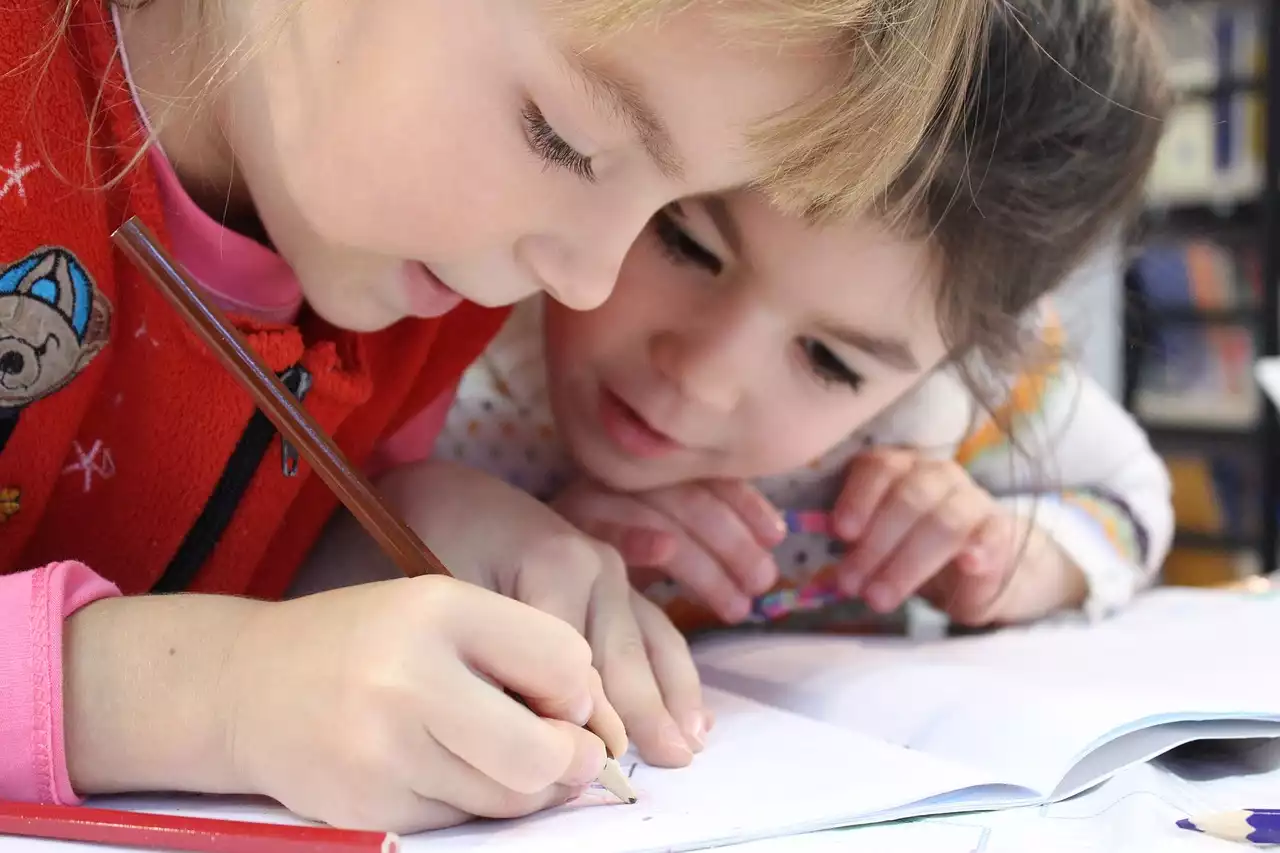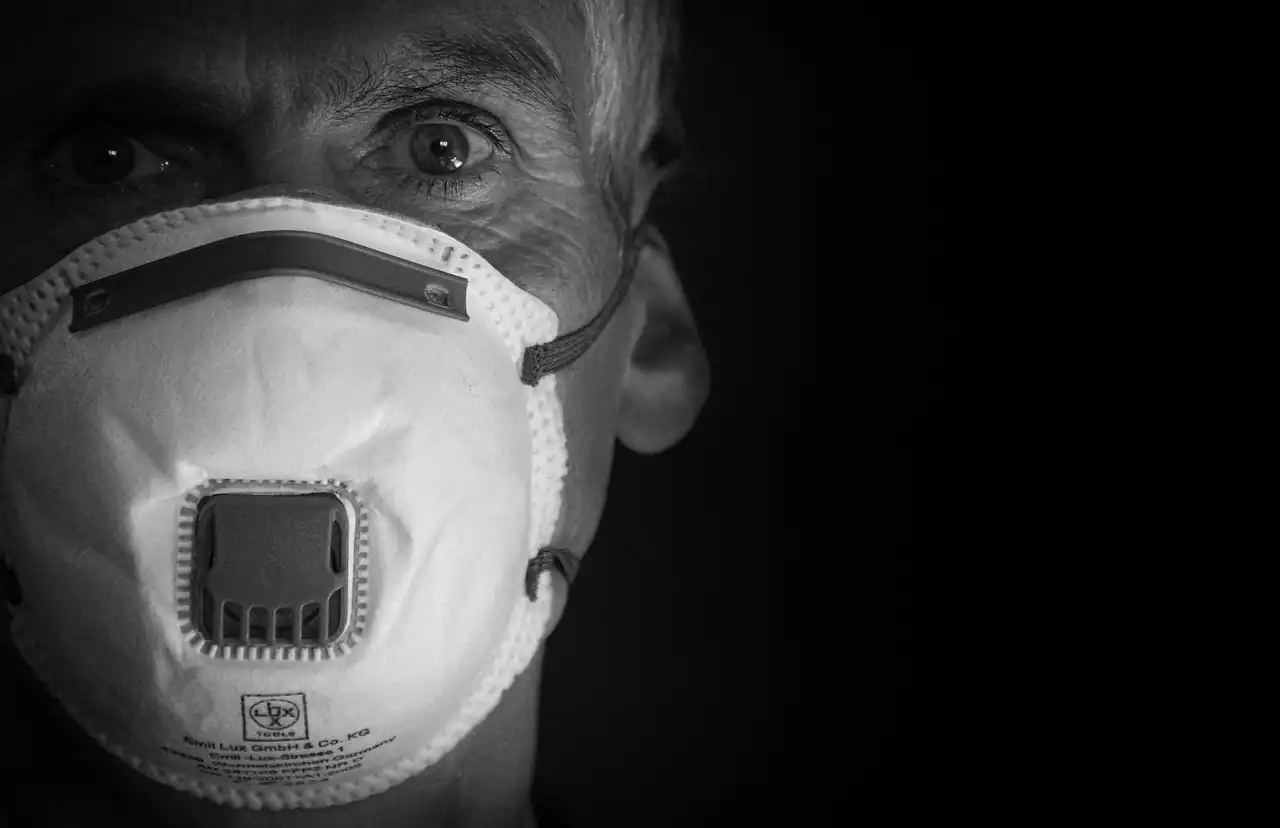Understanding the Current Situation
Before we can begin to discuss the best practices for reopening schools and workplaces, it is important to understand the current situation. The COVID-19 pandemic has affected every aspect of our lives, from the way we work and learn to the way we interact with one another. As of this writing, the virus has infected over 180 million people worldwide, resulting in over 3.9 million deaths. While vaccination efforts are underway, the virus is still spreading, and new variants are emerging. This means that any plan for reopening schools and workplaces must take into account the current state of the pandemic.
Guidelines for Reopening Schools and Workplaces
In order to safely reopen schools and workplaces, it is important to follow guidelines established by public health officials. These guidelines may vary depending on the location and the severity of the outbreak, but they generally include:
- Encouraging sick individuals to stay home
- Implementing social distancing measures
- Increasing sanitation protocols
- Providing personal protective equipment (PPE)
- Developing a plan for managing outbreaks
- Communicating with employees, students, and the wider community
By following these guidelines, schools and workplaces can help prevent the spread of the virus and ensure that everyone stays safe and healthy.
Preparing the Facility for Reopening
Before reopening, schools and workplaces must ensure that their facilities are prepared for the return of students and employees. This may involve deep cleaning and disinfecting the entire facility, including classrooms, offices, and common areas. It may also involve installing signage and barriers to encourage social distancing, as well as implementing changes to ventilation systems to improve air quality. Schools and workplaces should also consider the layout of their facilities and how they can be reconfigured to better accommodate social distancing measures.
Ensuring the Safety of Students and Employees
One of the most important considerations when reopening schools and workplaces is ensuring the safety of students and employees. This may involve providing adequate PPE, such as masks and gloves, as well as installing hand sanitizer stations throughout the facility. Schools and workplaces should also consider staggered schedules or remote work options to help reduce the number of people present in the facility at any given time. Additionally, it is important to establish protocols for managing suspected or confirmed cases of COVID-19, including contact tracing and quarantine measures.
Implementing Social Distancing Measures
Social distancing is a key strategy for preventing the spread of COVID-19, and schools and workplaces must take steps to implement these measures. This may involve reconfiguring classrooms and workspaces to allow for at least six feet of distance between individuals, as well as limiting the number of people in common areas such as break rooms and cafeterias. Schools and workplaces should also consider implementing one-way traffic flow to help prevent congestion in hallways and other shared spaces.
How to maintain social distancing in schools? [Updated 2021 Version]
Strategies for Managing Crowds and Gatherings
Crowds and gatherings can increase the risk of COVID-19 transmission, so schools and workplaces must develop strategies for managing these situations. This may involve limiting the number of people allowed in a certain area or implementing staggered schedules to reduce the number of people present at any given time. Schools and workplaces should also consider alternatives to in-person gatherings, such as virtual meetings or events.
Providing Personal Protective Equipment (PPE)
Personal protective equipment (PPE) such as masks and gloves can help reduce the spread of COVID-19 in schools and workplaces. Schools and workplaces should ensure that an adequate supply of PPE is available for students and employees, and that they are properly trained on how to use it. Additionally, schools and workplaces should consider providing face shields or other PPE for individuals who are unable to wear masks due to medical reasons.
Communication and Transparency
Effective communication is essential for ensuring that everyone is on the same page when it comes to reopening schools and workplaces. Schools and workplaces should be transparent about their plans for reopening, including the measures they are taking to ensure the safety of students and employees. Additionally, schools and workplaces should provide regular updates on any changes to their plans, and should be available to answer questions and address concerns from employees, students, and the wider community.
Monitoring and Adapting to Changing Situations
The COVID-19 pandemic is a constantly evolving situation, and schools and workplaces must be prepared to adapt to changing circumstances. This may involve adjusting reopening plans in response to new outbreaks or guidance from public health officials. Additionally, schools and workplaces should establish protocols for monitoring the health and wellbeing of students and employees, and should be prepared to take action if someone becomes sick or tests positive for COVID-19.










